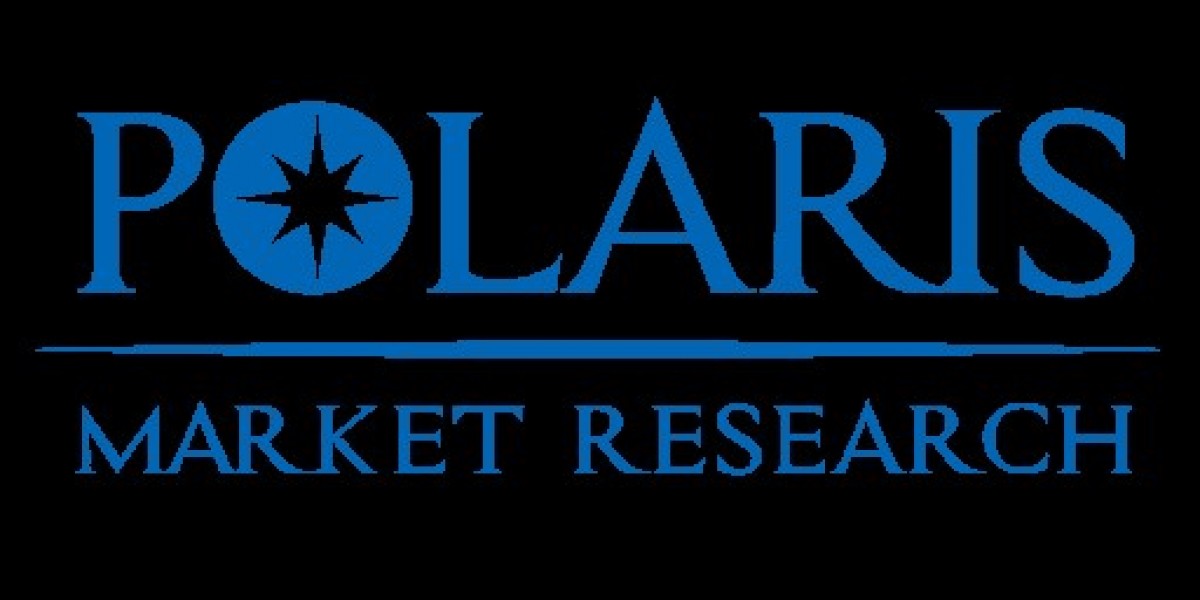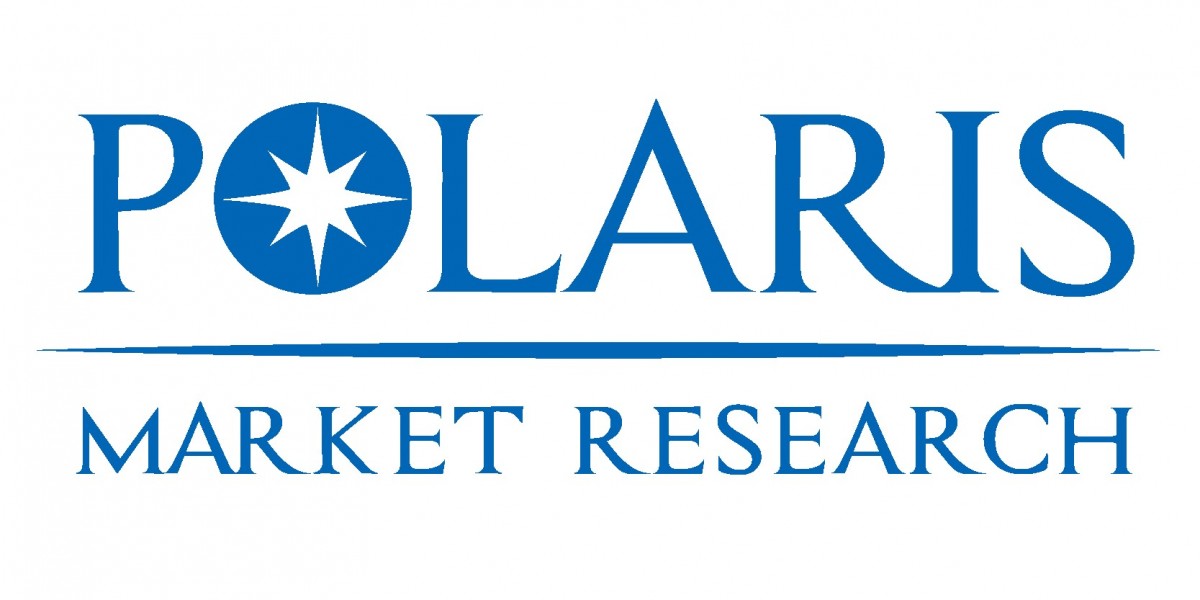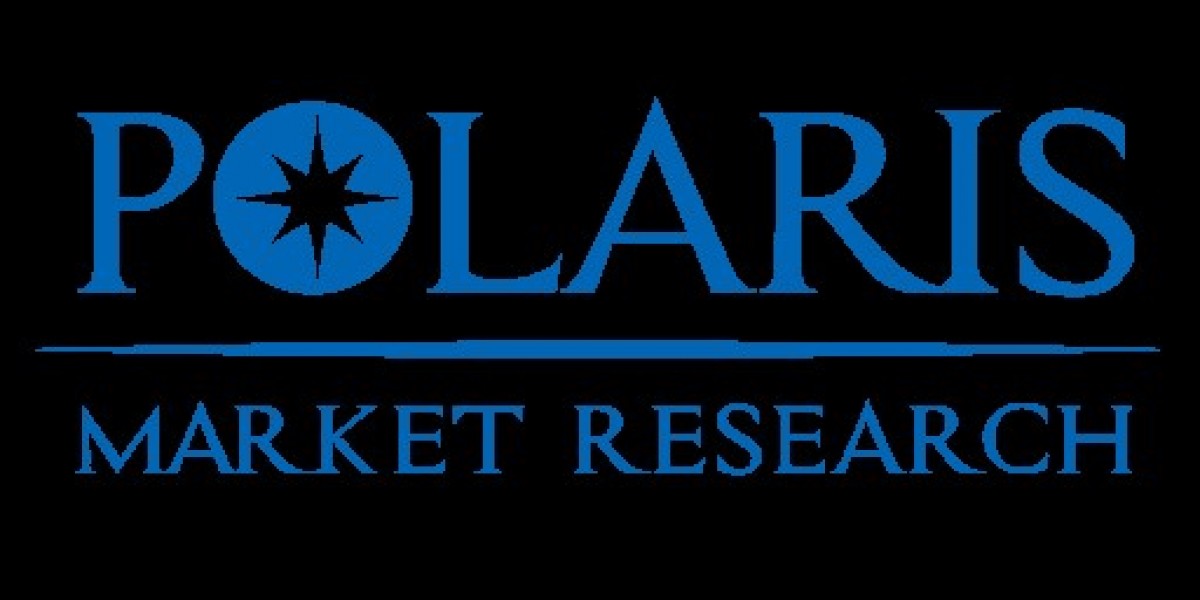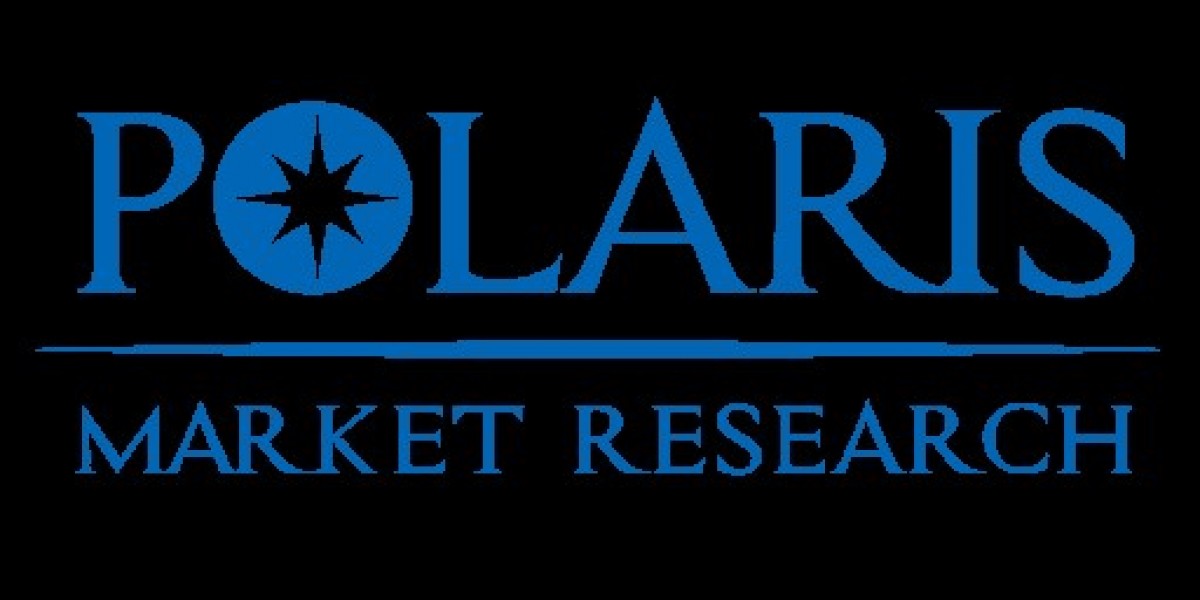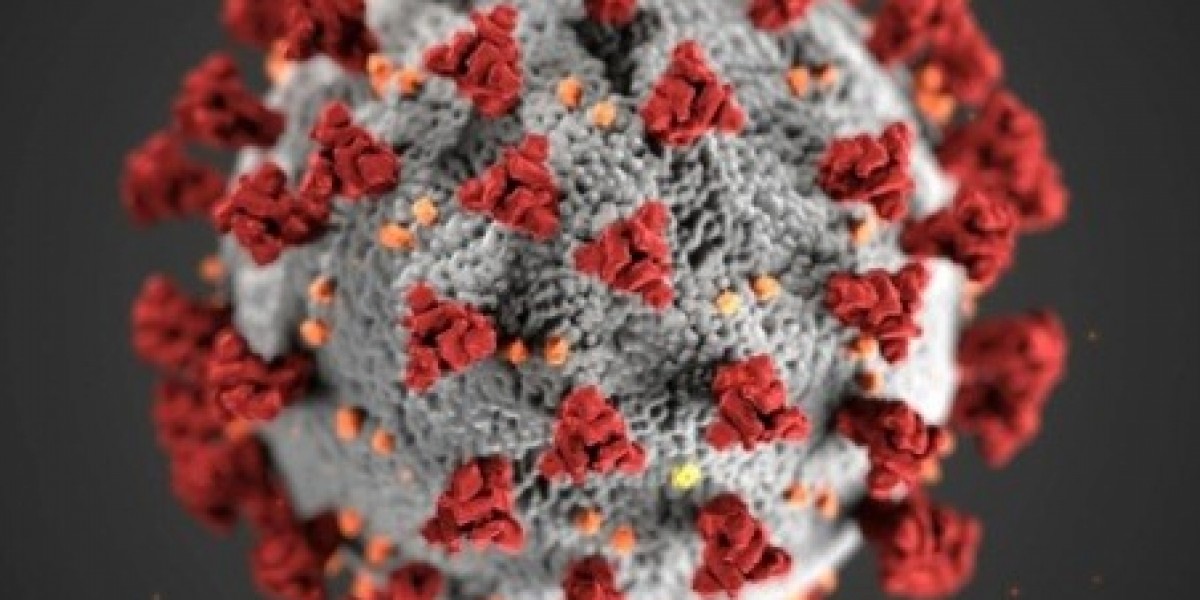The sports nutrition market size was USD 47.45 billion in 2024, with a CAGR of 7.4% between 2025 and 2034. This market encompasses protein supplements, energy drinks, nutritional bars and ready‑to‑eat performance products designed to support athletic performance, muscle recovery and active lifestyles. With consumers increasingly adopting health‑conscious behaviours and fitness regimes, product portfolios have diversified significantly across ingredients, form factors and distribution channels. In North America, the prevalence of gym culture, high disposable income and widespread e‑commerce adoption have anchored the region’s leadership in sports nutrition. Meanwhile, in the Asia Pacific region rapid urbanisation, rising middle‑class income levels and expanding awareness of sport and wellness have propelled growth; European markets, though mature, continue evolving via trends such as plant‑based proteins and clean‑label formulations.
Key drivers of this industry include heightened awareness of health and fitness, the growing participation in gym memberships and sports activities, and the shift from traditional nutrition to performance‑oriented diets. Consumers are seeking effective nutritional supplements, functional beverages and meal replacements that not only cater to bodybuilders but also to lifestyle users and active consumers. In North America, the combination of professional athletes, recreational fitness enthusiasts and the rise of influencer‑led wellness culture supports high demand for sports drinks and powders tailored to performance and recovery. In Asia Pacific, governments and sports federations invest in major events and infrastructure, while fitness‑app penetration and mobile‑based purchase channels accelerate product uptake. In Europe, the regulatory emphasis on health claims, emphasis on natural ingredients and mature retail networks enable strong adoption but also raise the bar for product compliance and innovation.
However, the market is not without constraints. Pricing of premium supplements remains elevated in many regions, limiting access in cost‑sensitive markets. Raw‑material volatility—especially in ingredients such as whey, creatine and branched‑chain amino acids—can compress margins and hamper supply‑chain predictability. In Europe, stringent regulatory frameworks involving health claims, nutrition labelling and novel‑food authorisations can delay market introductions and add cost burdens. In Asia Pacific, fragmented regulatory requirements across countries, lack of standardisation and variation in consumer education create market‑entry challenges for global brands. In North America, the proliferation of unverified products and regulatory scrutiny of supplement claims may dampen consumer confidence if compliance and transparency are not maintained.
The sports nutrition market offers substantial opportunities in outlets such as online direct‑to‑consumer channels, plant‑based and vegan formulations, lifestyle‑oriented formulations beyond elite athletes, and personalised nutrition programmes. In North America, the trend toward personalised supplementation—driven by AI‑powered nutrition apps and biometric data—opens avenues for product differentiation and subscription‑based models. In Asia Pacific, the growing middle‑class demographic, rising disposable incomes and increasing engagement with mobile commerce allow global and local players alike to tap new segments, especially in India, China and Southeast Asia. Looking at Europe, the plant‑based protein segment and sustainability‑driven consumption create space for innovative ingredients and reformulated supplements designed for clean‑label seekers and wellness users. Additionally, the expansion of e‑commerce, social‑media marketing and fitness‑influencer partnerships strengthen distribution and consumer engagement across all regions.
Read More @ https://www.polarismarketresearch.com/industry-analysis/sports-nutrition-market
Several major trends are shaping this global market. The shift toward plant‑based proteins and clean‑label products is gaining significant momentum, as consumers demand transparency and sustainability in ingredient sourcing. In North America, the ready‑to‑drink (RTD) functional beverage category is expanding fast, blending performance support with convenience. In the Asia Pacific region, mobile‑first ordering, localised flavours and affordable price points are accelerating uptake among younger demographics. Europe is witnessing growth in premiumisation and product differentiation, emphasising certifications such as clean‑label, non‑GMO and organic credentials. Cross‑channel integration—where retail‑brick‑and‑mortar meets online platforms, influencer‑led launching and subscription services—is becoming global. Moreover, technological advances such as AI‑driven formulation, personalised diet tracking, and connected fitness ecosystems are creating new business models in nutrition‑supplement manufacturing and distribution.
Focusing on region‑specific nuances, North America continues to dominate the market, driven by high per‑capita spend on health and fitness, widespread gym membership penetration and an established supplement culture. E‑commerce channels and omnichannel retail reach enable new product launches and marketing partnerships with influencers and fitness professionals. Europe, while exhibiting moderate growth compared to emerging regions, benefits from strong fitness industry infrastructure, rehabilitation demand and wellness‑oriented consumer segments; yet regulatory complexity and premium pricing constrain some expansion. Asia Pacific stands out for its rapid growth trajectory: countries such as India, China, Australia and Southeast Asia are influenced by rising health awareness, expanding urban middle‑classes and strong mobile‑commerce uptake. In markets like India and China, local manufacturers and global brands compete in online platforms while consumer taste preferences and regional ingredients shape product innovation.
In summarising the competitive landscape of the global sports nutrition market, the major organisations holding significant market share include:
- Abbott Laboratories
- PepsiCo, Inc.
- Glanbia plc (Optimum Nutrition)
- The Coca‑Cola Company (BODYARMOR)
- Nestlé S.A.
More Trending Latest Reports By Polaris Market Research:
String Wound Filter Materials Market
Cell & Gene Therapy Bioanalytical Testing Services Market
Platelet Rich Plasma (PRP) Market

